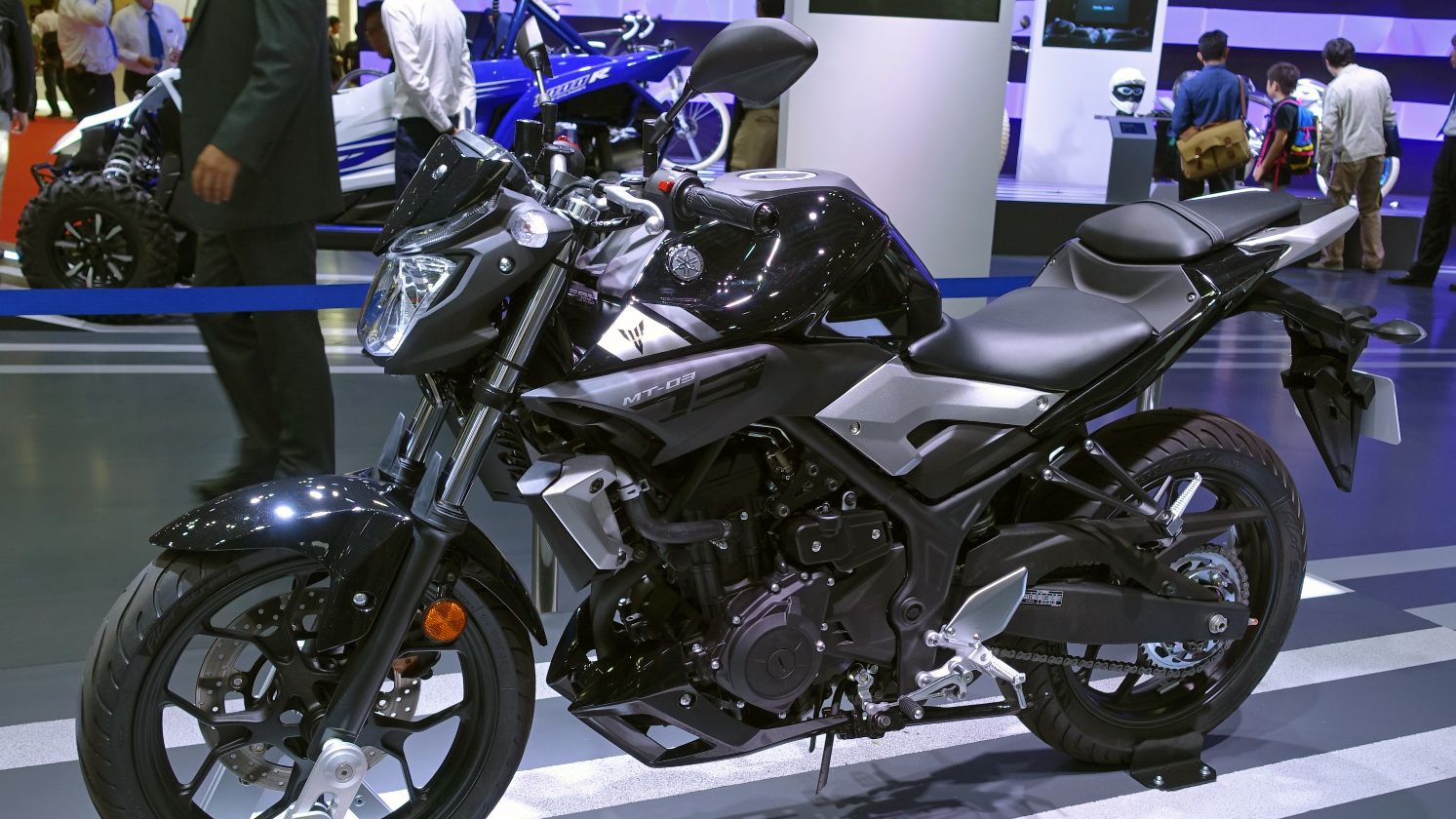The Decade Of Bold Rides
The 90s were packed with big sound systems, bold designs, and cars that still spark debates today. Some became poster material in bedrooms, others were the practical rides that showed up in every school parking lot. That’s because it was a decade when manufacturers weren’t afraid to experiment, and drivers got options that balanced style, speed, and everyday use. So, let’s revisit 20 cars that made the 90s unforgettable on the road.
1. McLaren F1
The 1992 McLaren F1 redefined supercar design with its central driver’s seat and two passenger placements on either side. Powered by a BMW-built 6.1L V12, this exclusive machine—only 106 produced—cemented its legend in 1998 by setting a 240.1 mph production car record.
2. Acura NSX
When Formula 1 legend Ayrton Senna turned his racing genius toward developing the Acura NSX, supercar history changed forever. His track-bred insights shaped everything from the aluminum monocoque chassis to the high-revving 3.0L VTEC V6, even inspiring those revolutionary titanium connecting rods.
3. Dodge Viper
The Dodge Viper arrived as a raw performance machine, debuting in 1992 with an 8.0L V10 delivering 400 horsepower. Interestingly, its stripped-down design lacked windows and exterior handles, which displayed pure minimalism. And before release, it even gained fame as the pace car of the 1991 Indianapolis 500.
4. Mazda MX-5 Miata
Dominating the 1990s as the world's best-selling two-seater sports car, the Mazda MX-5 Miata featured responsive rear-wheel drive and an intentionally lightweight design. Its signature pop-up headlights and name, meaning "reward," perfectly presented this achievement-focused philosophy.
 free photos & art on Wikimedia
free photos & art on Wikimedia
5. Toyota Supra (A80)
In 1993, Toyota introduced the Supra A80 with the twin-turbo 2JZ-GTE, a powerhouse that easily supported four-digit horsepower builds. Revered on the track and in underground racing, it later achieved worldwide recognition through Fast & Furious, further reshaping the image of Japanese performance cars forever.
6. Nissan 300ZX
The Nissan 300ZX arrived in 1989 with a twin-turbo setup that emphasized both style and substance. Its aerodynamic body was matched by innovations such as four-wheel steering and digital climate control. The result was six straight “10Best” awards, underscoring its impact on Japanese performance.
7. BMW M3 (E36)
From 1992 to 1999, the BMW E36 M3 redefined the balance between practicality and high performance. A straight-six engine delivered power with precision, supported by handling that stayed sharp across coupe and convertible versions. The introduction of a four-door sedan, later echoed in the Z3 M, expanded the M3’s reach.
8. Porsche 911 (993)
In an era of relentless modernization, the 1994-1998 Porsche 911 (993) masterfully straddled two worlds. While its innovative Weissach axle suspension and all-wheel-drive Turbo variant pushed engineering boundaries, the cherished air-cooled heart remained, creating a celebrated finale to Porsche's naturally aspirated legacy.
9. Ferrari F355
The F355's potent 3.5L V8 engine signaled Ferrari's relentless pursuit of performance, with its innovative five-valve-per-cylinder design and 8,500 rpm redline. But the true revolution came in 1997, when Ferrari introduced its first-ever F1-style paddle-shift transmission to road cars.
10. Lamborghini Diablo
Rightly named after the Spanish word for "devil," the Lamborghini Diablo lived up to its sinister moniker by introducing a 5.7L V12 engine in 1990. As the Countach's successor and first Lamborghini to break 200 mph, this supercar blazed into video games and movies.
11. Bugatti EB110
This car debuted in 1991 with a quad-turbocharged V12 that delivered unprecedented power for its era. A carbon-fiber chassis and all-wheel drive system showcased engineering far ahead of its time. Built in honor of Ettore Bugatti’s 110th birthday, only 139 were produced before bankruptcy halted the brand in 1995.
12. Honda Civic (EG/EK)
The Honda Civic dominated global sales charts throughout the '90s by nailing the perfect formula: reliable transportation at an accessible price point. This winning combination attracted young buyers in droves, but the lightweight EG and EK models truly exploded when tuner culture discovered their modification-friendly potential.
 Jeremy from Sydney, Australia on Wikimedia
Jeremy from Sydney, Australia on Wikimedia
13. Ford Mustang (SN95)
Bringing performance within reach, the SN95 Mustang kept Ford's pony car accessible from 1994 to 2004. Budget-conscious buyers could choose the V6, while enthusiasts opted for muscular V8 power, and the premium Cobra model even introduced sophisticated independent rear suspension by 1999.
14. Chevrolet Camaro (4th Gen)
In an era when performance cars were redefining American culture, the fourth-gen Camaro captured the zeitgeist perfectly. In this car, power came through V6 and V8 choices, including the LT1 and later LS1, a combination that secured Camaro’s role as the 1993 Indianapolis 500 pace car.
15. Nissan Skyline GT-R (R33)
From 1995 to 1998, the R33 Skyline GT-R carried the “Godzilla” legacy into a new era of dominance. Its RB26DETT twin-turbo engine worked with the ATTESA E-TS Pro all-wheel drive system, further enhanced by Super-HICAS steering and an active limited-slip differential that sharpened its racing edge.
16. Volkswagen Golf GTI (Mk3)
The Mk3 Golf GTI's 2.0L powerplant formed the technical foundation for Volkswagen's 1991-1997 performance evolution, enabling both spirited handling dynamics and practical refinement. This mechanical duality, complemented by optional ABS and airbag systems, helped maintain the GTI's enthusiast appeal.
17. Subaru Impreza WRX
Introduced in 1992, the Subaru Impreza WRX introduced its turbocharged all-wheel-drive system and distinctive boxer engine. Moreover, the low center of gravity created remarkable stability, a trait that helped the car dominate the World Rally Championship.
18. Lexus LS400
In 1989, Toyota entered the luxury market with the Lexus LS400, a project that consumed $1 billion and engaged 1,400 engineers. The result was a meticulously refined 4.0L V8 sedan. Development reached such extremes that stethoscopes were used to eliminate even the faintest mechanical noise.
19. Mercedes-Benz S-Class (W140)
When Mercedes-Benz launched the W140 S-Class in 1991, it marked a watershed moment in automotive advancement. That’s because this model introduced electronic stability control, while its double-pane windows and self-closing doors earned it the lasting nickname "the last over-engineered Mercedes" through 1998.
20. Audi TT
Drawing inspiration from the clean lines of Bauhaus architecture, the Audi TT made a bold statement when it debuted in 1998. Beneath the striking shape lay the Volkswagen PQ34 platform, shared with the Golf Mk4 and A3. Even the name carried heritage, honoring the Isle of Man Tourist Trophy.


























